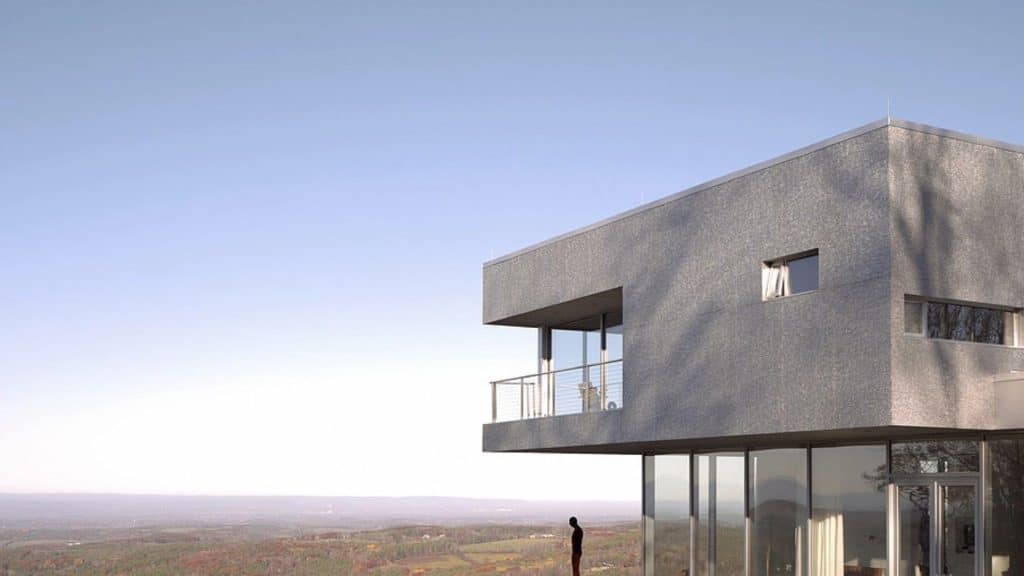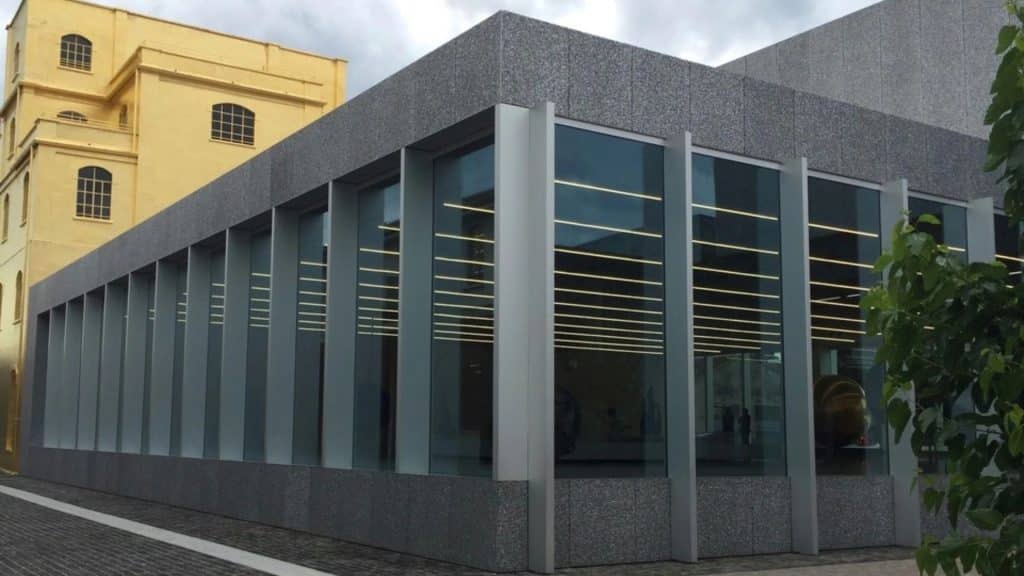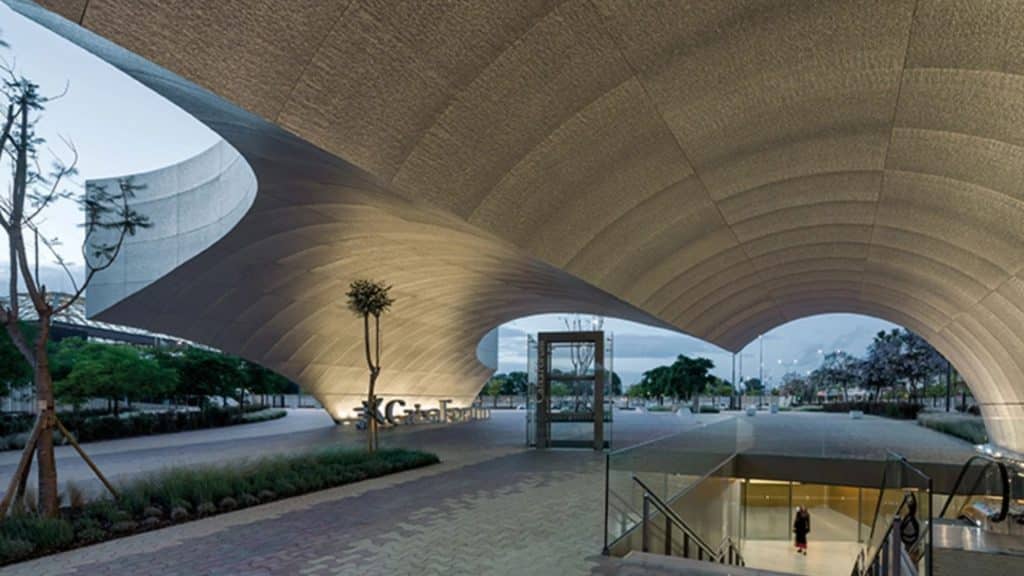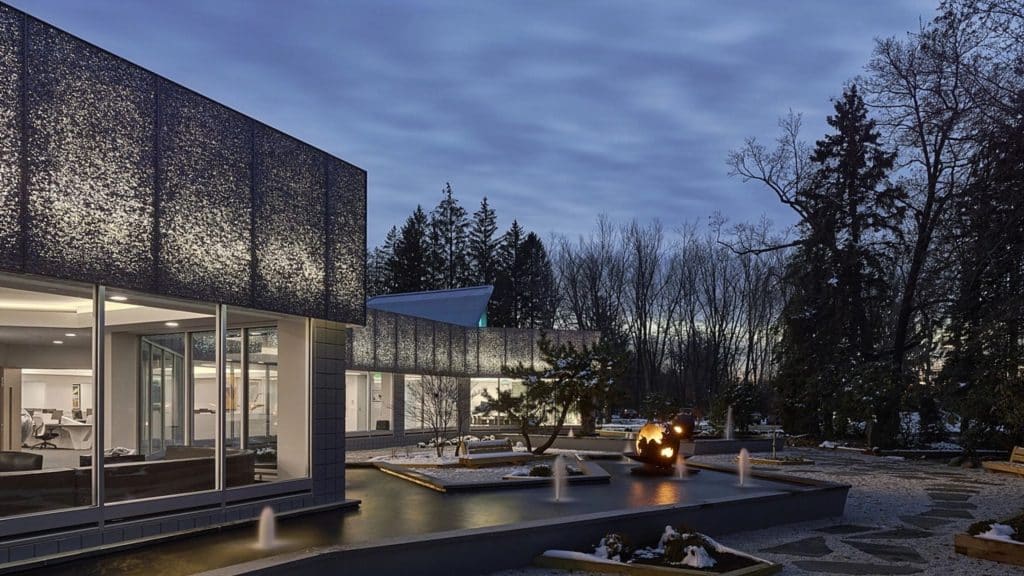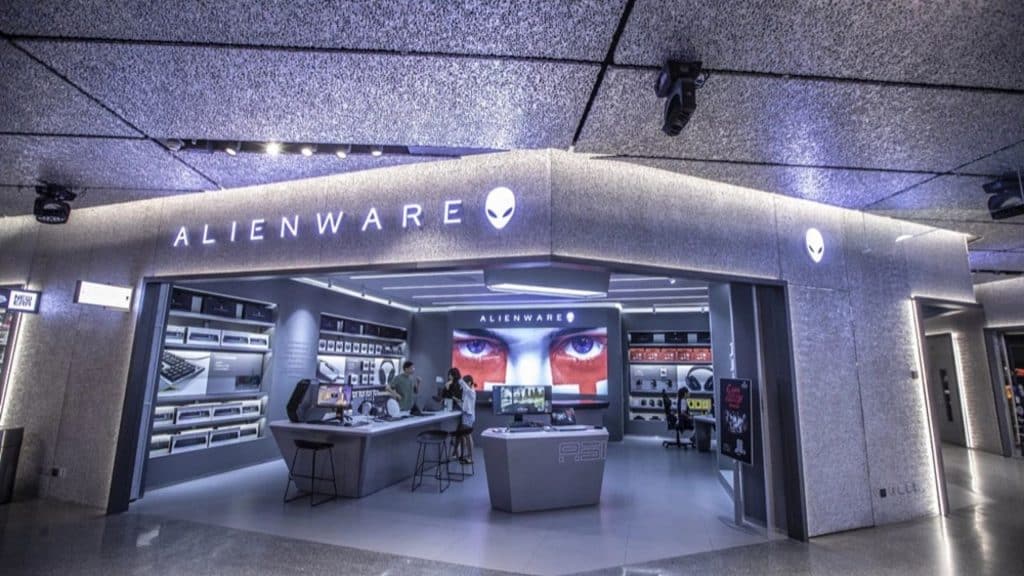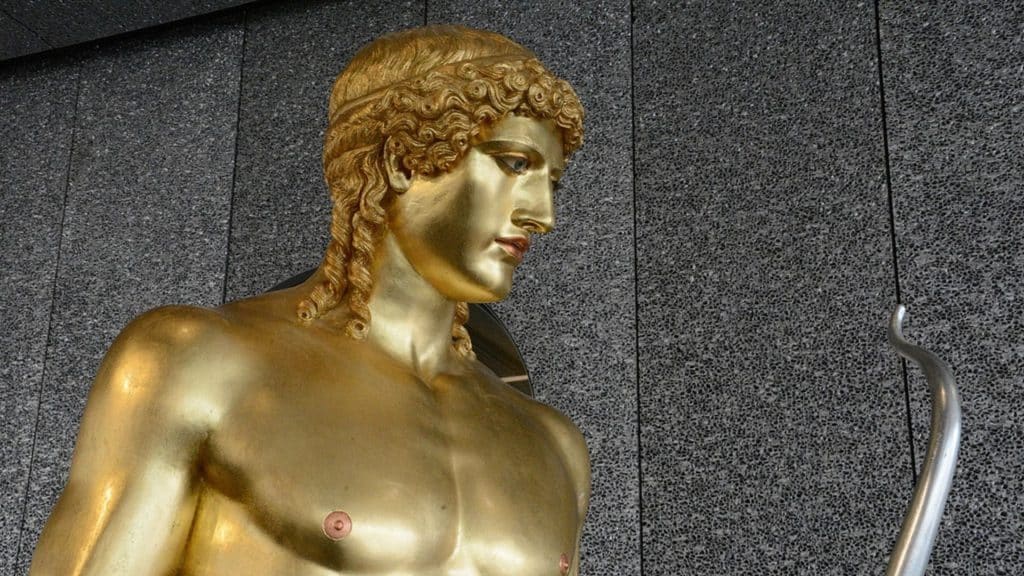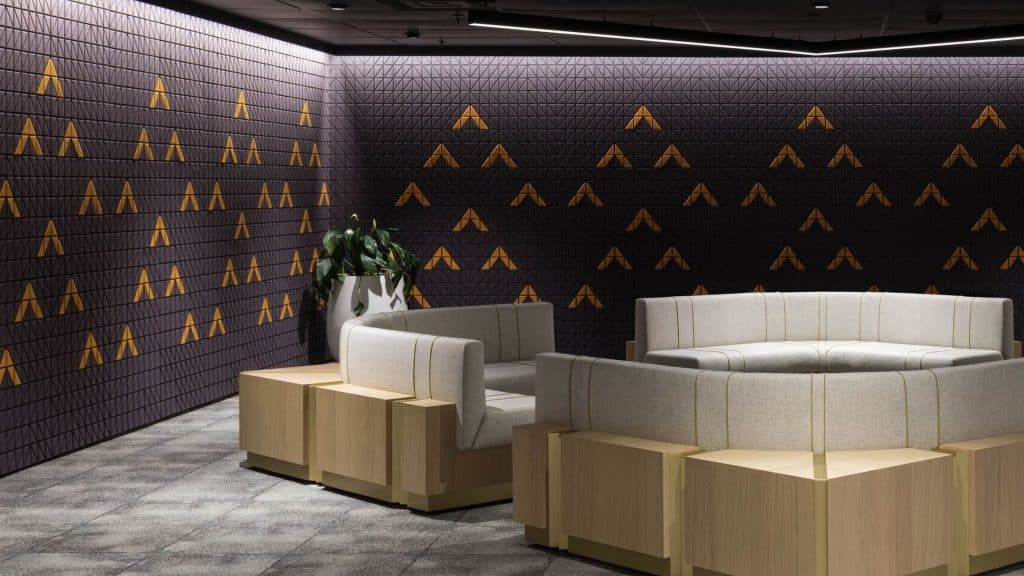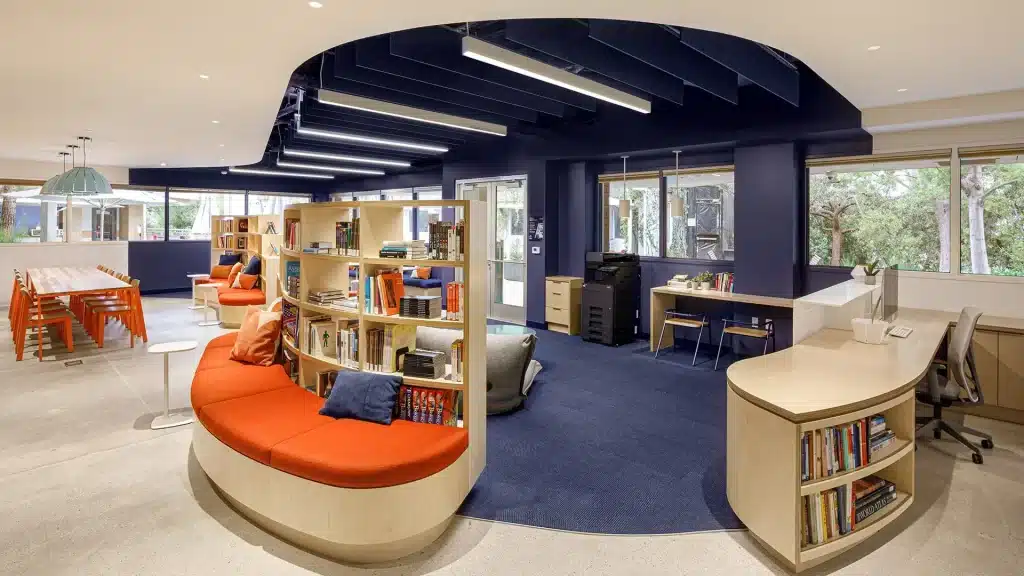In a world where buildings compete for attention, cladding solutions have long been more than just a functional matter – they are a design language. The facade tells a story, creates an experience and conveys a message. But in a reality where many claddings are repetitive, and modular systems look the same from project to project, a different type of cladding is needed – one that brings uniqueness, depth and character. This is where Alusion from Cymat comes into the picture – a foamed aluminum cladding that offers architects and designers a new, living, dynamic and unique material.
A cladding that adapts itself – texture, light and movement
Alusion was born from a unique production process: injecting air into molten aluminum, which creates countless bubbles through the dispersion of particles. The result – foamed aluminum panels with a changing 3D appearance, with a living texture that plays with light and shadow and produces spectacular effects of transparency, shine and opacity.
The panels are available in three densities – small, medium and large cells – and in a variety of thicknesses and colors, so that each panel can be tailored to the design and performance requirements of the project: from an exterior facade with presence to an interior cladding that provides depth and intimacy.
From the inside out: standing out in space, conveying identity
One of the significant challenges in facade cladding is to create a building with a unique appearance, one that will stand out in the urban landscape but will blend in harmoniously with it. The Fondazione Prada project in Milan faced exactly such a challenge – how to highlight the new building in an old industrial complex without cutting it off from its surroundings.
The solution came through Alusion cladding, both external and internal, with a glossy appearance that dynamically captures the reflection of light – and conveyed innovation and distinct uniqueness. The material made it possible to create a modern and bold envelope that breaks the uniform line of the surrounding buildings, while creating a powerful contrast between the innovative aluminum cladding and the old concrete and plaster structures around it. Aluzone was also used in the interior spaces, which created material continuity and an impressive sense of depth, and established the visual language of the entire project.
Alusion in the Heart of the Alps: Steirereck Restaurant, Austria
One of the most notable projects using Aluzion to create an architectural statement is the new Steirereck Restaurant in the village of Pogusch, Austria. The structure wraps itself in ALUSION™ Large Cell Open on Top foamed aluminum panels, creating a dramatic, airy and futuristic look – just like a shiny metallic sponge.
The restaurant was built as an extension to an existing historic wooden structure, and the contrast between them is well emphasized: while the old building exudes rustic warmth and natural materiality, the new building presents a clear geometric language, metallic colors and an innovative texture that draws the eye into the pastoral landscape. The lightweight and easy-to-install panels allowed for a simple integration of the material even in a challenging location, creating an extraordinary design result.
Interior cladding: creating an experience, playing with lighting
Inside the building, cladding becomes an integral part of the spatial experience, and sometimes the architect is required not only to close the space – but to “open it up”. At CaixaForum in Seville, the architects were faced with the need to unify existing spaces and create an urban experience that combines the outside with the inside. The foamed aluminum cladding created a continuous texture that connects the levels and the different uses, with transparency games that allow sunlight to penetrate in a soft and diffused way. The facade “spills” downwards and creates an open and inviting public space, without losing the connection to the design of the place and the existing architecture.
Lighting: Dynamic Appearance for a Mesmerizing Effect
Thanks to its transparency, 3D texture and unique character, Alusion™ not only responds to light – it works with it. The lighting is no longer an external addition to the cladding, but is integrated into it and becomes an integral part of the material experience. Natural or artificial lighting can be incorporated in a variety of ways – behind the panels, through them or at precise angles – to create effects of illumination, halo, or sparkle.
At EarthCam Headquarters, the architects chose to use the foamed aluminum panels as both a passive and active lighting element: the entire facade becomes a lighthouse – a living metal that radiates soft light and attracts glances from a distance. The combination of the material and the lighting creates a structure that changes throughout the day and night, one that appears alive, breathing and dynamic without stopping.
Sound and Aesthetics: Alusion’s Acoustic Solution
Beyond its exceptional aesthetics, Alusion also has a significant acoustic advantage that is reflected in the cellular structure of the material. The panels are manufactured in a process that allows for control of the density and size of the cells (Fine, Medium, Large), thus allowing for a dedicated adjustment to different levels of acoustic attenuation.
In exhibition halls, open office spaces, conference centers, museums and other public buildings – where noise regulation and improved audio quality are needed – the use of Alusion offers a solution that combines excellent acoustic performance with a rich, unique and dynamic appearance. Thanks to the wide variety of panel types, it is possible to design a cladding system that is precisely tailored to the acoustic requirements and precise design of each project.
Lightness, strength and sustainability in one product
Beyond its extraordinary appearance, Alusion™ also offers practical advantages that facilitate the construction process and contribute throughout the life of the project: the material is lightweight – which significantly reduces the load on the structure and allows for easier installation, it is strong and particularly resistant to weather damage, rust and damage, and in addition, it is 100% recyclable – making it an ecological and environmentally conscious choice. Alusion is also safe to use – it is non-flammable and meets the most stringent requirements, so it is particularly suitable for halls, public spaces, lobbies, cultural centers and more.
The system is modular and flexible: it can be combined as an external or internal cladding, in suspended or fixed ceilings, and with tiles in a variety of sizes and adjustments to the project.
In conclusion – more than just a cladding, a complete architectural experience
Alusion™ is not just a material – it is a comprehensive design solution. It brings with it a new, unique and unexpected language, which allows architects to create buildings that attract attention, create an unforgettable user experience, and integrate harmoniously with lighting, acoustics and space.
Thanks to its partial transparency and three-dimensional texture, the material collaborates with light – natural or artificial – and allows for the integration of lighting in a variety of ways: behind the panels, through them or as an accompanying element. The result is a living and dynamic look, one that responds to changes in light and movement around it, turning the entire structure into a continuous experience.


